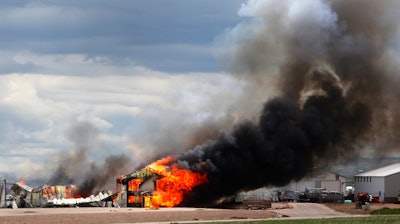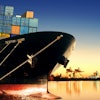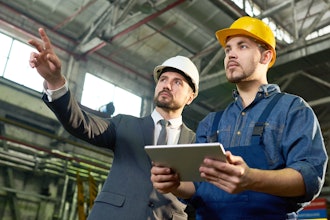
To build better buildings, a Colorado State University engineer will first visualize them falling apart. Hussam Mahmoud is working with the U.S. Army Corps of Engineers to assess exactly how explosives and projectiles destroy structures and realistically depict it in a virtual reality simulation.
The $4.5 million project funded by the Army Corps will show military decision-makers how bombs, bullets and rockets impact structures, so they can reinforce buildings or build sturdier structures to withstand combat operations and protect people.
“Understanding the material properties, how these buildings were built and the type of load they can take without collapsing is really important to develop good strategies for combat operations,” said Mahmoud, an associate professor in the Department of Civil and Environmental Engineering and principal investigator on the project.
Mahmoud has done extensive research on how fire affects structures, and he has also conducted experiments with explosives to determine blast impacts on structures and biological tissues. Testing with explosives involves many challenges because it is both dangerous and heavily regulated, so there is a shortage of data on the amount of force produced by different magnitudes of explosives and their effects.
For this five-year study, Mahmoud and Mechanical Engineering Ph.D. student Kellan Sullivan will use data from Army Corps explosive testing to develop a neural network. Once trained and evaluated for accuracy, the neural network will be able to quickly calculate the amount of pressure blasts of various intensities would impose on their surroundings.
Using machine learning and structural engineering, they will then develop computer models to evaluate how structures behave under specific blast loads. For example, if 20 pounds of TNT detonates at a specific distance from a given structure, how will that structure respond? How does the material fragment, and what is its breaking point?
Once Mahmoud and his team can predict structural performance, they will analyze how military structures might be better designed to withstand blast loads. They also will create a virtual reality simulation to accurately portray blasts and the resulting damage to the built environment.
Postdoctoral fellow Akshat Chulahwat, an expert coder who loves video games, will program the simulation with the help of resources from CSU’s state-of-the-art Virtual Reality Initiative, which encompasses a fully equipped VR lab.
Mahmoud, who is from the Middle East, hopes this research ultimately will help protect civilians all over the world and benefit the public through improved structures.
Much of Mahmoud’s work focuses on resilience from natural disasters, which he said are “part of life.” This project holds special meaning for him because he believes it could help mitigate terrorist attacks.
“Fighting terrorism is very important because it helps society. It saves lives,” he said.






















